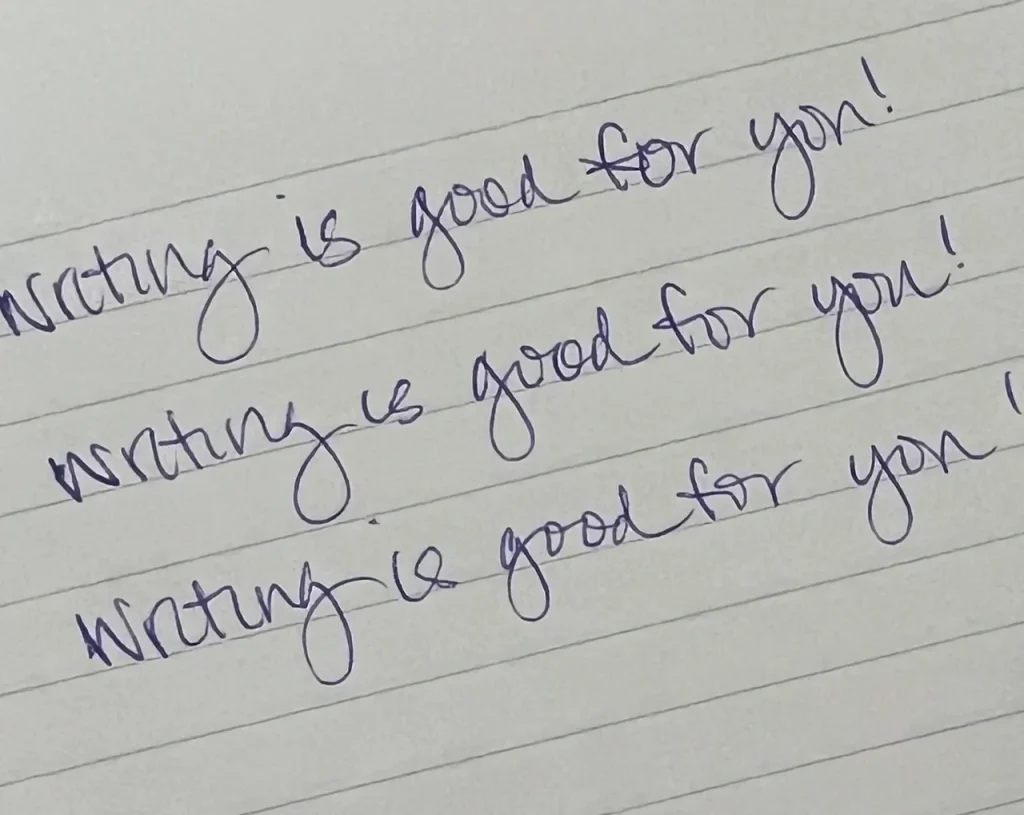How to Overcome the Top 10 Challenges to Writing Your Book

Writing your book is a big deal. Like, for real. And you may encounter obstacles that threaten to derail your progress or stifle your creativity altogether. Let’s talk about the top 10 challenges that arise and how to overcome them. 1. Time Constraints: You are busy with your business or corporate role plus family and […]
Writing Your Book Could Lead to Unlimited Earning Potential

Let’s be honest: Nothing cements your authority like a book. Your book signals your expertise to the world and serves as representation of your zone of genius, hard-earned knowledge, and unique perspective. For women entrepreneurs and female executives like yourself, writing your book is a strategic move that brands you as an expert and opens […]
The Power of Storytelling: Connect, Attract, and Collaborate

Because we live and operate in a global economy, it can be easy for you to feel as though you can’t possibly stand out in what feels like a saturated marketplace. Forget dry product descriptions and sterile marketing jargon. The key to growth and deeper connection on almost every level lies in storytelling. Why? Because […]
How to Choose the Right Topic for Your Book

Raise your hand if you’ve had more than a few people say, “You should write a book!” The moment you decided to actually do it, you almost certainly felt a rush of exhilaration. If you’re like most authors, though, you need to sift through a variety of topic ideas, especially if you plan to use […]
Starting Your First Book: A Guide for Aspiring Authors

Writing your first book is often exhilarating and daunting at the same time. If you are an aspiring author who also balances a busy professional life, taking the first step of your publishing journey is often the most fraught, but it doesn’t have to be. Understand the Challenges The first obstacle you face writing a […]
Children’s books also require the elements of every great story

Books are critical for a child’s development. Not only do they help increase their vocabulary, preparing them for success in school, stories also introduce children to people, cultures, languages, and places outside their day-to-day lives. Authors of children’s stories have to remember kids need to be entertained, especially if there’s a message being conveyed. Additionally, […]
Conquering Writer’s Block: Small Steps and Practical Tips

Writer’s block is traditionally defined as a period where you can’t produce new work or your creativity takes a nosedive. This definition, however, is limited. What if we view it instead as a natural part of the creative process during which ideas are brewing beneath the surface? It’s not a block; your inability to put […]
Connect with Your Audience Through Storytelling

Your clients — current and future — are naturally drawn to stories, especially when they see parts of themselves reflected in them. Stories help you move beyond business transactions to establish strong, meaningful relationships with your audience because you recognize and validate their values, dreams, and struggles. Strengthen current connections When you deploy the power […]
The Power of Curiosity: Using the 5 W’s (and one H)

The most successful writers are the most curious. In this way, authors are very similar to journalists. They thirst for understanding and don’t stop asking questions, even when their way forward takes a sharp turn or information isn’t readily available. Both groups fill in the blanks related to the who, what, where, when, why, and […]
15 Minutes a Day to Better Mental and Physical Health

Prioritizing our mental and physical health has become more crucial than ever, and one way to improve both only takes 15 minutes a day: daily expressive writing. The key is using pen and paper, not your computer or the notes app on your phone. Pen and paper. These brief sessions, using a pen and paper, […]
